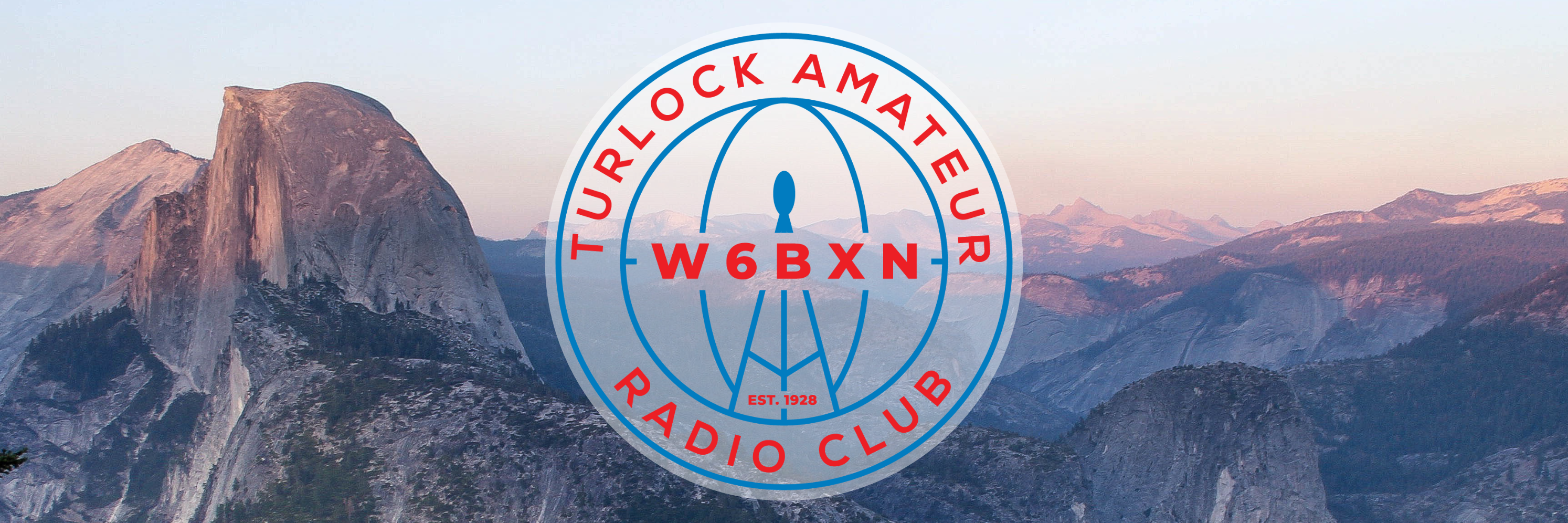History
History of the Turlock Amateur Radio Club
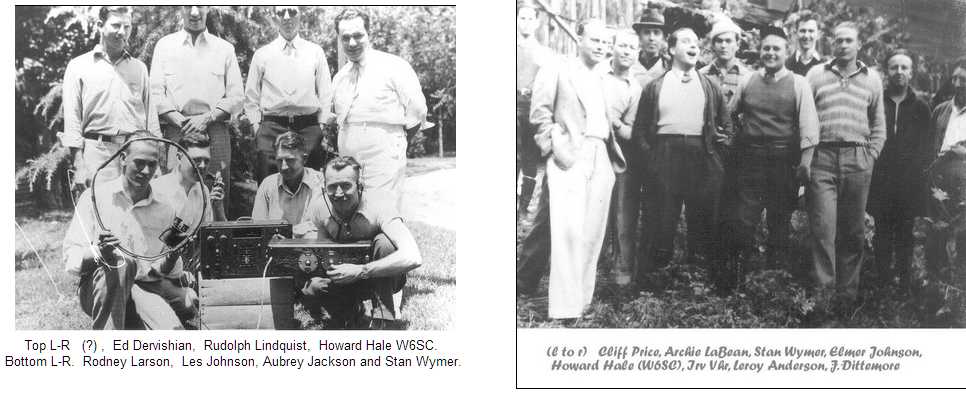
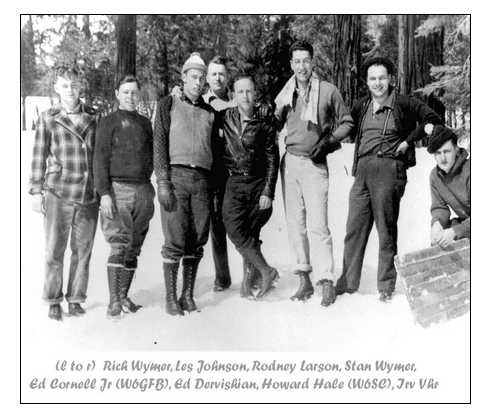
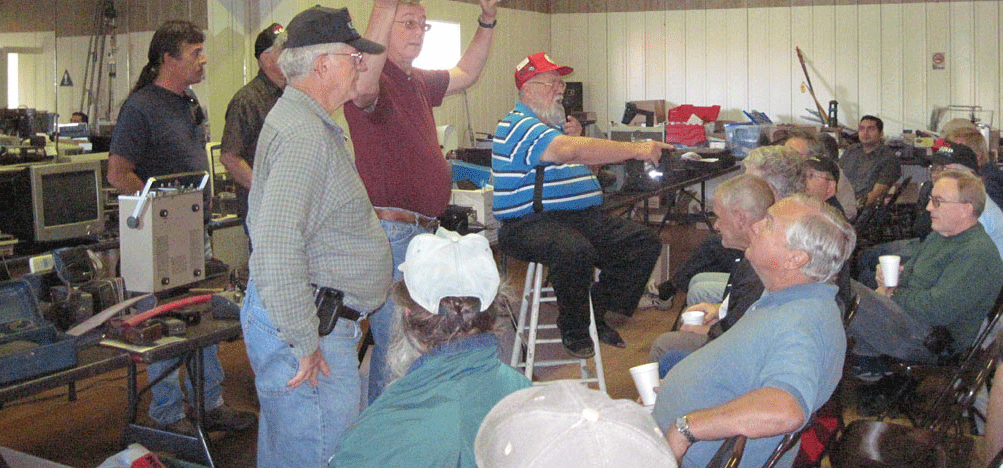
Veteran Turlock Auto Dealer Was Pioneer In Radio Field
By Bob Christman Turlock Daily Journal
June 28, 1960
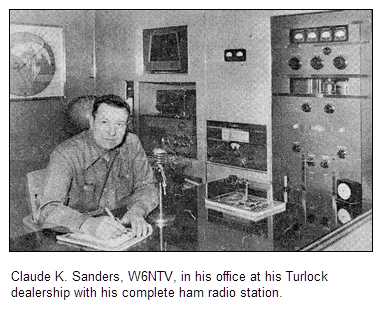
Debbie Croft: Ham radio — a pastime not just in the past
Published: July 25, 2013
Amateur radio operators are viewed as a thing of the past, as the history of ham radio dates back to the late 1800s and turn of the century. These amateurs provided the foundation of modern telecommunications as they experimented with broadcast and two-way radio possibilities. With today’s advanced wireless technology, amateur radio might have become obsolete. Yet, it hasn’t. Did you know the first “chat room” was invented by ham radio operators? They communicated across the continents during wartime, and played chess all hours of the day and night. And amateur radio invented social networking. Amateurs are viewed as public servants and a national resource. It doesn’t look like these guys are going away anytime soon. Today, radio communication is keeping up with the future, says Tom Margrave, president of the area’s newest chartered amateur radio club in Mariposa. More than a dozen members participated in emergency communication efforts during the Carstens fire last month. Dave Swickard is Emergency Coordinator for Mariposa’s Amateur Radio Emergency Service. Utilizing two repeaters — devices that receive and transmit radio communications — between Mariposa and Fresno’s Red Cross Headquarters, radio communication was available to evacuees staying at the shelter at Mariposa Elementary School. Swickard and group members volunteered that week at the shelter, taking turns operating equipment
The situation provided valuable on-the-job-training. One thing they learned: switch message traffic to digital modes, to avoid labor-intensive and time-consuming voice transmissions. Margrave says amateur radio must be technically competent to meet government approval, while filling diverse roles to maintain fellowship with other groups. In the mountains where manmade or natural disasters can disrupt phone service, and with storms or flooding in the valley, radios serve a purpose when electricity is cut off or cellular networks are down. During the recent bombing at the Boston Marathon, cell service jammed, but ham radios worked at first-aid stations positioned along the route. For 59 years, Grady Williams of Atwater has been interested in ham radio. He built his own receiver, and got his license and call sign while in high school. These factors landed him a career with Pacific Telephone Co. in the mid-1950s.The Turlock Amateur Radio Club started in 1928. Radio Street got its name when members met in a nearby one-room building owned by one of their moms. Williams has been a member for more than 25 years. Today’s members still connect with other operators around the world, just as operators did 80 years ago. One major difference is, contact can now be made with space stations. In the 1960s, Williams built another amateur repeater. His was one of only 11 in the entire state. About 10 years later he donated it to the Turlock club, on the condition that they find a suitable site. Soon Williams installed the repeater at Mount Bullion in Mariposa County. Repeaters also are located on Turtle Dome in Yosemite, and on Buck Rock in Kings Canyon-Sequoia National Park. Another will be placed at Sentinel Dome in Yosemite. A standalone repeater is located at the Turlock War Memorial for public service activities and emergency backup. “These systems are networked together via a UHF radio link,” Williams said. “This gives us continuous coverage from Lodi to Tehachapi. “He remembers when amateur radio was the only way to communicate during Yosemite fires a couple decades ago.
Annual field days are held in various communities each summer. Operators attending spend 48 continuous hours talking to other operators. According to the Amateur Radio Relay League website, the objective of field days is to work as many stations as possible on amateur bands, and to practice operating in abnormal situations and in less than optimal conditions. For more information about the Mariposa Area Amateur Radio Organization, email info@maaro.org. Members are required to complete a training process, including first-aid certification. They meet on the fourth Saturday of each month. The group is accepting donations of equipment, and is open to people of all ages.
Debbie Croft writes about life in the foothill communities. She can be reached at composed@tds.net.
